Anyone who has ever endeavored to shoot bird pictures knows only too well that chasing birds with a camera is an exercise in futility. In most instsnces by the time you observe the bird, bring the camera to your eye and establish focus the bird has flown, and never mind trying to maintain focus as it flies away at 30feet per second.
From my experience the three most important tools you have for photographing birds is 1. Observation, 2. Anticipation & 3. Patience.
1. OBSERVATION- From careful observation you will discover that when birds come into your yard, whether to approach a feeder, nesting box, bird bath or just forage in the grass and bushes they generally have a favorite limb or perch where they stop to look over the situation before finally coming to rest. Some bird travel in pairs and while one is on the feeder the other will remain on the lookout limb, then they switch places. Once you understand their habits you can move on to the next step.
2. ANTICIPATION- From the observation stage you now know where the bird is most likely to be. You can now set up your camera on a tripod. Select the appropriate lens or zoom setting to give you the composition you want and preset the exposure. When setting up the composition and exposure I prefer to use a longer lens and focus on the resting site, then select a wide aperture to minimize the depth of field. In this manner the bird will be in sharp focus but the background will be blurred into a soft pastel color devoid of detail.
Most DSLR's have an automatic power off feature that turns the camera off in 1,5,10 or 30 minutes to conserve battery power. I turn this feature off so the camera will remain at the ready no matter how long I have to wait. Lets face it, the batteries are rechargable and I have 2 spare batteries, so power is not an issue.
When shooting from my window or any location where I can sit beside the camera & tripod I plug in a 3ft remote control cord to trigger the shutter or i use the little handheld Infra Red remote. In this manner I do not risk introducing vibration into the camera while pressing ths shutter button.
Shooting Hummingbirds at my feeder proved to be a real challenge. i could sit on my back steps 8ft from the feeder and they came to the feeder fine as long as I sat motionless. The moment I attempted to raise a camera to my eye they flew away. I had some success with setting up the tripod and using the remote cable but even the slightest motion seemed to scare them away. Finally I hit on an idea. I set up the camera on a tripod and attached an electronic wireless remote. I could then sit motionless except for the slight motion of pressing the button on the romote control. The problem here was that the camera & tripod seemed to scare them away so I got a silly idea. I carry a military style poncho in my photography backpack in case I get caugth out in the field and it rains. I took the poncho and placed it over the camera and tripod so the lens was protruding out through the hood then I sat back at my picnic table 100 feet away and snapped off hundreds of shots. (Hummingbirds move so fast that I set the camera in "continuous shooting mode"). The hummingbirds seem to totally ignore the camera when I have the poncho over it, and the best part is, the poncho shades the camera so its is not sitting in bright sunlight for a proloned period of time.
The only think left now is "PATIENCE". Once I have it set up I just sit back 100ft or so, light a cigarette, pour a cup of coffee from my thermos and wait for the action. Sometimes I get the desired results in a few minutes, sometimes it takes an hour or more, but the bottom line, it seems to be working great.
Here is a photo of the camera and tripod set up at the Humminbird feeder. If you look close you can see the electronic wireless receiving unit mounted on the camera's hot shoe flash mount. There is a wire from that receiver that plugs into the camera.
Here is a shot of the camera setup covered with the Poncho
And here is an example of the end result of this project.
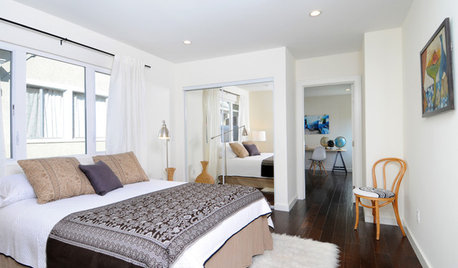
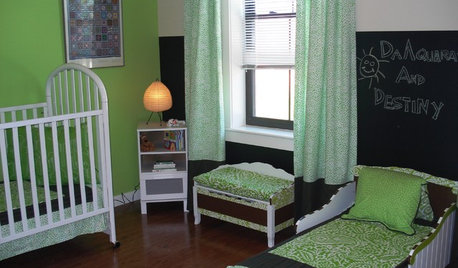
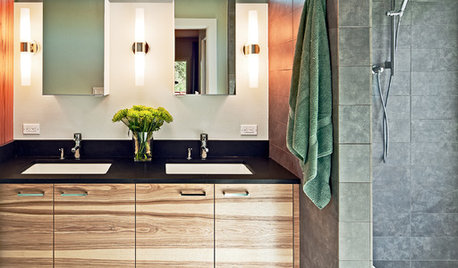
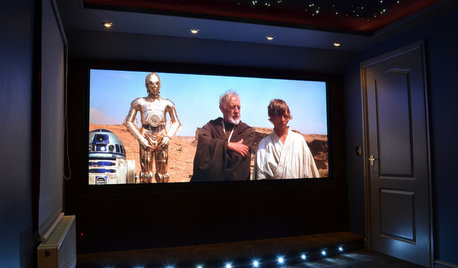
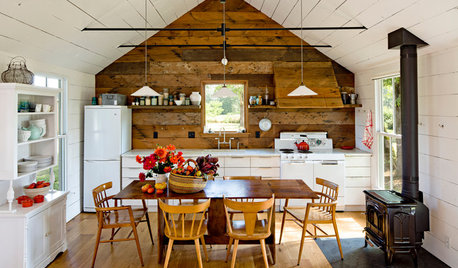
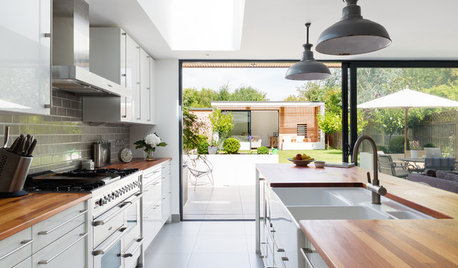
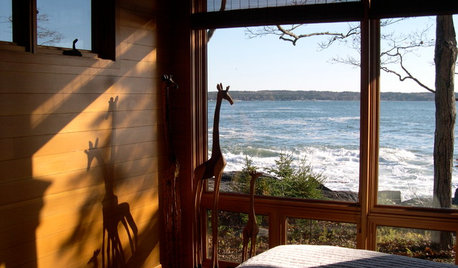
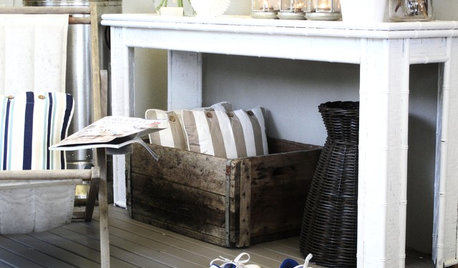
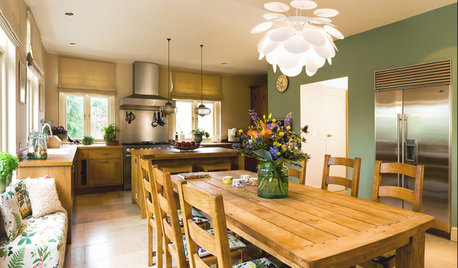







zitro_joe
awm03
Related Discussions
I'll share my recipe, if you'll share yours, May 19, 2012
Q
I'll share my recipe, if you'll share yours, May 15, 2012
Q
I'll share my recipe, if you'll share yours, May 25, 2012
Q
I'll share my recipe, if you'll share yours, May 31, 2012
Q
joan_mn
kurmudgeon